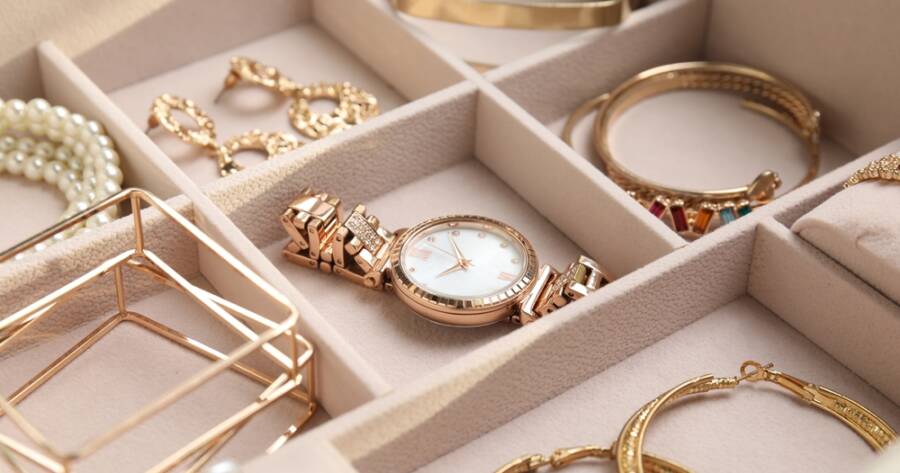Jewelry often holds more than just monetary value. It carries emotional ties, memories, and meaning. That’s why losing or damaging a beloved piece can feel devastating. Jewelry insurance offers a way to protect personal treasures. With the right policy in place, you can replace or repair your items and regain peace of mind.
Understanding What Jewelry Insurance Covers
Jewelry insurance is designed to protect against loss, theft, or damage. While standard homeowners or renters insurance may offer limited protection, it usually caps payouts and often doesn’t cover all risks. A dedicated jewelry insurance policy fills these gaps.
Many of these policies cover a wide range of scenarios. For example, if a ring slips off while swimming, or a bracelet is lost during travel, your coverage may apply. Some policies even protect against mysterious disappearance—when the item goes missing without a clear cause. Coverage often includes repair or full replacement, depending on the provider and the item’s appraised value.
The Role of Appraisals and Documentation
Accurate documentation is the foundation of reliable jewelry coverage. Most insurers require a detailed appraisal, especially for high-value pieces. This appraisal should describe the materials, stones, and craftsmanship, and must come from a certified expert.
Photographs, receipts, and grading reports from organizations like the Gemological Institute of America (GIA) also help. The more proof you have, the easier it will be to file a claim and receive appropriate compensation. Keep records up to date, especially if the market value of your piece changes over time. An outdated appraisal can lead to a lower payout.
Choosing Between Standalone Policies and Riders
You have two main ways to insure your jewelry: through a rider on your homeowners or renters policy, or through a standalone policy. A rider—sometimes called a scheduled personal property endorsement—adds specific coverage for your items. However, it’s still tied to your overall policy and may be subject to your home insurance’s limits and deductibles.
Standalone policies often offer more specialized protection. These plans are designed for jewelry and may cover more situations with fewer restrictions. Many also offer worldwide coverage, which is helpful for people who travel often with their valuables. Choosing the right option depends on your needs, how much jewelry you own, and how often you wear or transport your pieces.
What Happens When You File a Claim?
The claims process usually begins with reporting the loss or damage to the insurer. You may need to submit a police report, proof of ownership, and photos. Once the insurance company reviews your documents, they assess the claim and determine compensation. In many cases, they’ll work with jewelers to repair or replace the item.
Timely reporting and organized documentation can make this process smoother. Some insurers even offer cash settlements, while others prefer replacement through specific jewelers. Be sure to understand your insurer’s policies before signing up. You should also ask about how claims affect your premium—some providers offer claim forgiveness, while others raise rates.
Additional Protection for Heirlooms and Custom Pieces
If you have inherited or custom-designed jewelry, insurance becomes even more important. These one-of-a-kind items can be difficult—or impossible—to replace. In these cases, documentation is especially critical. Ask for a detailed appraisal that includes craftsmanship and historical value.
You may also want to discuss agreed value coverage with your insurer. This type of policy guarantees a specific payout, regardless of current market value. It’s often a better fit for heirlooms, which may have sentimental or historical worth that fluctuates over time.
Protecting What Matters Most
Jewelry insurance is more than a financial product. It’s a thoughtful way to protect items that represent life’s most cherished moments—engagements, anniversaries, family traditions, and personal achievements. Whether you wear your favorite piece daily or keep it tucked away for special occasions, having coverage ensures it remains part of your life story.
When considering jewelry insurance, ask yourself one question: “If I lost this piece tomorrow, could I replace it?” If the answer is no, then a good policy may be your best safeguard. With proper protection, your jewelry can keep sparkling for years to come—no matter what life throws your way.
